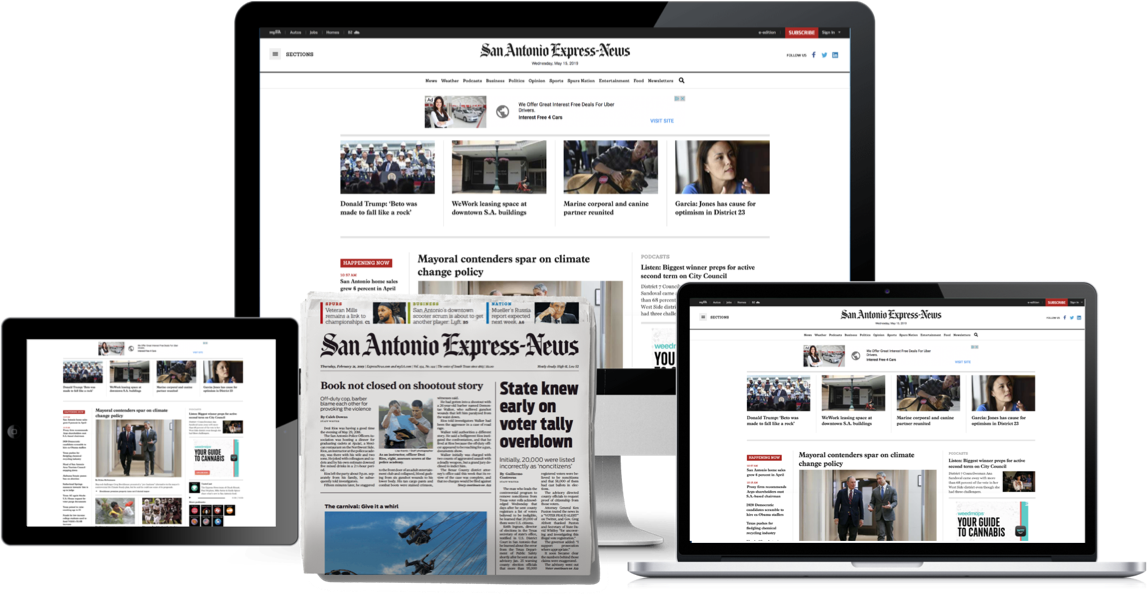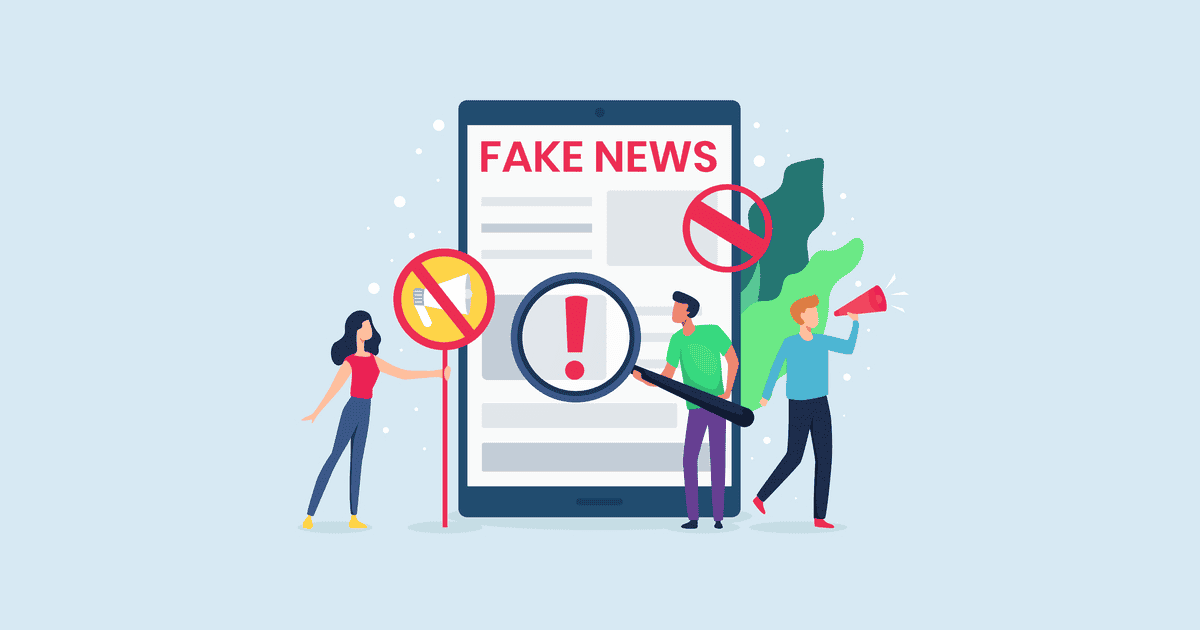Unknown Facts About Popular News
Wiki Article
Popular News for Dummies
Table of ContentsThe 7-Second Trick For Popular NewsThe Main Principles Of Popular News Examine This Report on Popular NewsThe smart Trick of Popular News That Nobody is Talking About
Age is also a consider the means people view the duty of social media. Younger social media sites information consumers are more probable to claim it has influenced their knowing for the far better. Concerning half of social media sites news consumers ages 18 to 29 (48%) state news on social media makes them far better informed, contrasted with 37% of those 30 to 49, 28% of those 50 to 64, and 27% of those 65 and older.Journalists weigh news values when figuring out whether or not to cover an occasion or news. Perhaps the most crucial component of newsworthiness is whether or not the news item being communicated effects a news electrical outlet's audience.
Research study on a state's new tax code most likely won't create the very same rate of interest across state borders. Sometimes professionals can aid center a bigger nationwide story that affects even more than simply a city or state.
If you are publishing newsworthy research study, loophole in MarComm prior to the short article being released to ensure that the pitch can highlight the latest component of the tale: the magazine of the study. Events and news that involve top-level figures are more probable to produce media protection. Sees from nationwide numbers often call for months of preparation as a result of awaited neighborhood passion.
The 6-Minute Rule for Popular News
Stories often include some type of conflict. Necessarily, these tales are often questionable to some degree. College staff and faculty are generally regarded as neutral professionals. We can assist alleviate possible reputational threat with these stories while additionally raising the probabilities of producing protection. While many of the above information values are interwoven, human interest stories typically stand apart.Human rate of interest elements can add information worth to various other stories that may show up to be doing not have in the various other worths. The novelty or strangeness of a scenario can assist affect whether an information outlet is most likely to cover a story. While this is not an exhaustive listing, checking to see if your story or event has these high qualities prior to contacting us will certainly aid you identify which components hold the most information worth.

What Does Popular News Mean?
There is likewise significant evidence that even more customers might start to pay for information in the futureif authors can recognize them and offer them well. Fifty percent of those who do not spend for information actively seek news and look like clients in various means. And virtually 2 in 10 of those that don't subscribe to news currently show they are inclined to begin to pay in the future.We then ask a collection of questions to establish whether individuals pay for certain types of news sources (Popular News). We asked people to name the sources they make use of most oftenwhether they pay for them or nothow they utilize them, the particular points they consider crucial concerning them, and some related questions try this out about the expense and value of that resource
Individuals are attracted to information generally for two reasons above others: A desire to be educated residents (newspaper clients specifically are extremely motivated by this) and because the magazine they subscribe to excels at covering certain topics about which those customers especially care. While there are a host of factors, the No.
More than 4 in 10 additionally point out the truth that friends and family register for click here for more the same item (Popular News). Greater than a 3rd of people say they originally subscribed in action to a discount rate or promo. In print, individuals additionally are relocated greatly to sign up for obtain vouchers that conserve them cash, something that has untapped implications in electronic
The 7-Minute Rule for Popular News
Regarding fifty percent are "news hunters," suggesting they actively choose news instead of mainly running across it in a more passive means, though the news that nonpayers are seeking (in the meantime, at least) is usually regarding nationwide politics. Like subscribers, most of these people additionally obtain information multiple times a day, use the news in ways comparable to clients, and have an interest in comparable topics, including foreign or worldwide news.
Of those who do pay, 54 percent subscribe to newspapers in print or digitally, which represents 29 percent of Americans overall. The majority of them buy a print magazine in addition to their newspaper and pay for two to four information resources in overall, some much more. And while 53 percent are veteran clients (5+ years), even more than a quarter (27 percent) have actually purchased their newspaper registration within Website the previous year.
Few print subscribers think it most likely they will switch over to a digital-only membership in the future, and more than half of those who favor electronic have actually never spent for a print variation of the exact same source. Fully 75 percent of newspaper payers claim they mainly reviewed the paper in print, while 21 percent are primarily digital individuals, and 4 percent describe themselves as equally divided.
Report this wiki page